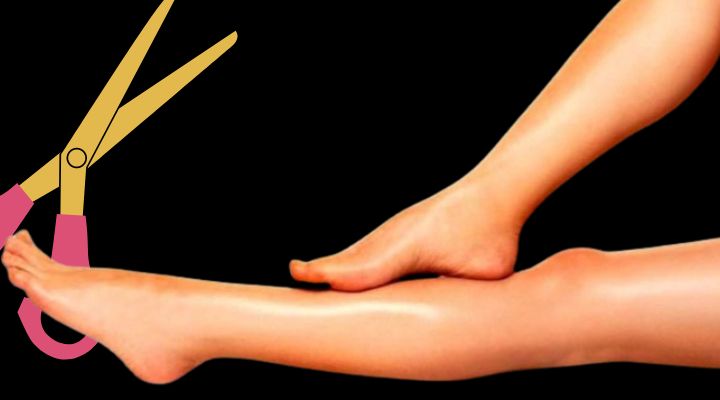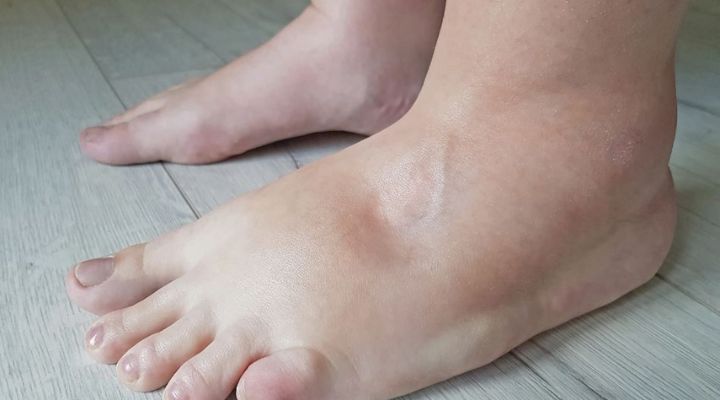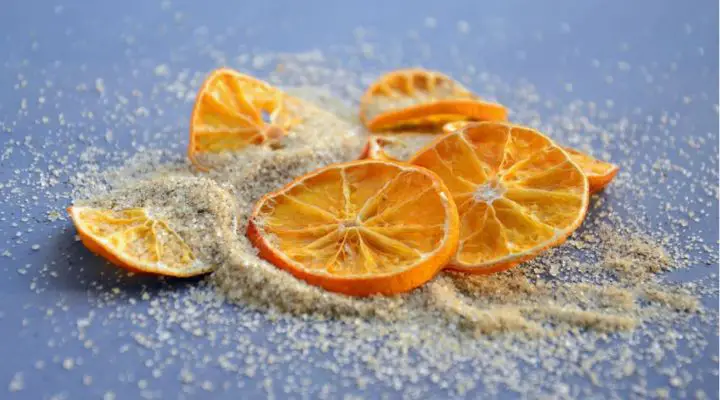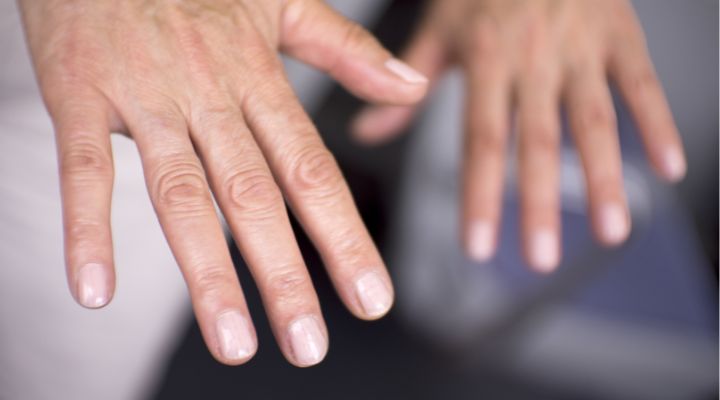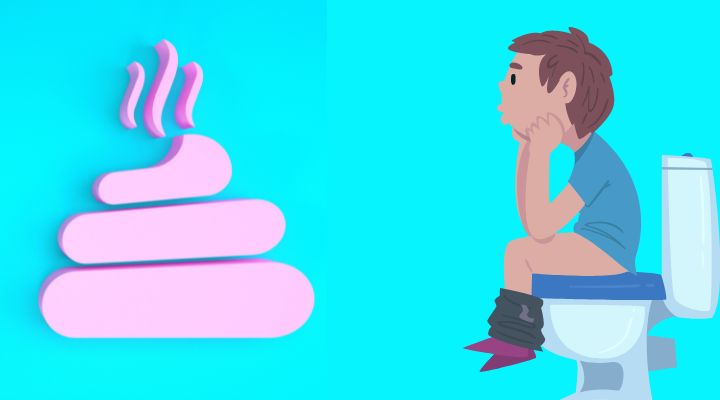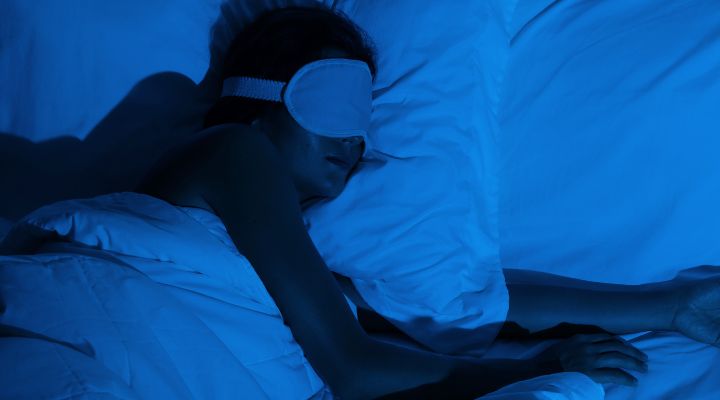Unwanted hair can be a persistent issue for many individuals, leading to a constant search for effective removal methods. While professional treatments are available, they can often be costly and time-consuming. Fortunately, there are several DIY techniques that can help you achieve permanent hair removal at home. In this comprehensive guide, we will explore various methods, their benefits, and step-by-step instructions to help you get smooth, hair-free skin.
Understanding Hair Growth
Before diving into DIY hair removal methods, it’s essential to understand how hair growth works. There are three phases of hair development: the anagen (growing), catagen (transitional), and telogen (resting). Effective hair removal targets the anagen phase, when the hair is actively growing and most susceptible to treatments.
DIY Sugar Waxing
Sugar waxing, or sugaring, is a natural and effective method for removing unwanted hair. It calls for the use of a paste consisting of water, sugar, and lemon juice.
Ingredients:
- 2 cups of sugar
- 1/4 cup of lemon juice
- 1/4 cup of water
Instructions:
- Mix the Ingredients: Combine the sugar, lemon juice, and water in a saucepan.
- Heat the Mixture: Cook the mixture over medium heat, stirring constantly until it turns a golden-brown color.
- Cool the Paste: Allow the mixture to cool until it is warm to the touch but not hot.
- Apply the Paste: Spread the paste onto the skin in the direction of hair growth.
- Remove the Hair: Place a strip of cloth over the paste and quickly pull it off in the opposite direction of hair growth.
Benefits:
- Natural ingredients don’t cause unpleasant side effects on the skin.
- Effective: Longer-lasting benefits are achieved by removing hair at the root.
DIY Turmeric and Milk Paste
Turmeric is known for its anti-inflammatory properties and has been used for centuries for various skin treatments. Combined with milk, it can help in reducing hair growth over time.
Ingredients:
- 1/2 cup of turmeric powder
- 1/2 cup of milk
Instructions:
- Prepare the Paste: Mix the turmeric powder and milk to form a thick paste.
- Apply to Skin: Apply the paste to the area with unwanted hair.
- Let It Dry: Allow the paste to dry completely on your skin.
- Remove the Paste: Scrub the paste off gently with a washcloth and warm water.
Benefits:
- Natural and Gentle: Suitable for sensitive skin.
- Gradual Reduction: Helps in reducing hair growth over time with consistent use.
DIY Papaya and Turmeric Paste
An enzyme called papain found in papayas has the ability to damage hair follicles and prevent new hair development. Combined with turmeric, it can be an effective hair removal treatment.
Ingredients:
- 1 raw papaya
- 1/2 teaspoon of turmeric powder
Instructions:
- Prepare the Papaya: Peel and mash the raw papaya into a fine paste.
- Mix with Turmeric: Add the turmeric powder to the papaya paste and mix well.
- Apply to Skin: Apply the paste to the unwanted hair area.
- Massage and Let Sit: Gently massage the mixture into the skin and leave it on for 20 minutes.
- Rinse Off: Rinse off with warm water.
Benefits:
- Enzyme Action: Papain helps in breaking down hair follicles.
- Natural Ingredients: Free of adverse effects and safe for frequent usage.
DIY Egg Mask
An egg mask can help in removing facial hair effectively. The sticky nature of the egg white can pull out hair when peeled off.
Ingredients:
- 1 egg white
- 1 tablespoon of sugar
- 1/2 tablespoon of cornstarch
Instructions:
- Prepare the Mask: Mix the egg white, sugar, and cornstarch to form a smooth paste.
- Apply to Skin: Apply the mixture to the area with unwanted hair.
- Let It Dry: Give the mask time to fully dry.
- Peel Off: Peel off the mask in the opposite direction of hair growth.
Benefits:
- Effective for Fine Hair: Works well on fine facial hair.
- Natural and Easy: Simple ingredients that are easy to find.
DIY Gelatin Peel-Off Mask
Gelatin masks can effectively remove hair and blackheads, leaving the skin smooth and clear.
Ingredients:
- 1 tablespoon of unflavored gelatin
- 2 tablespoons of milk
- A few drops of essential oil (optional)
Instructions:
- Prepare the Mask: Mix the gelatin and milk in a bowl.
- Heat the Mixture: Microwave the mixture for 10-15 seconds until it becomes warm and smooth.
- Apply to Skin: Apply the mask to the unwanted hair area.
- Let It Dry: Give the mask time to fully dry.
- Peel Off: Peel off the mask in the opposite direction of hair growth.
Benefits:
- Effective: Removes hair and cleanses the skin.
- Customizable: Essential oils can be added for additional skin benefits.
Tips for Effective DIY Hair Removal
- Exfoliate Regularly: Exfoliating your skin before applying any hair removal method helps in removing dead skin cells and allows for better hair removal.
- Moisturize: After hair removal, moisturize your skin to soothe and hydrate it.
- Consistency: Regular use of these methods can lead to more permanent results over time.
- Patch Test: Always perform a patch test to check for any allergic reactions before applying any DIY method to a larger area.
Conclusion
Removing unwanted hair permanently at home is achievable with the right DIY methods. By using natural ingredients and following these detailed instructions, you can enjoy smooth, hair-free skin without the need for expensive salon treatments. Remember to be consistent and patient, as natural methods may take some time to show significant results.
